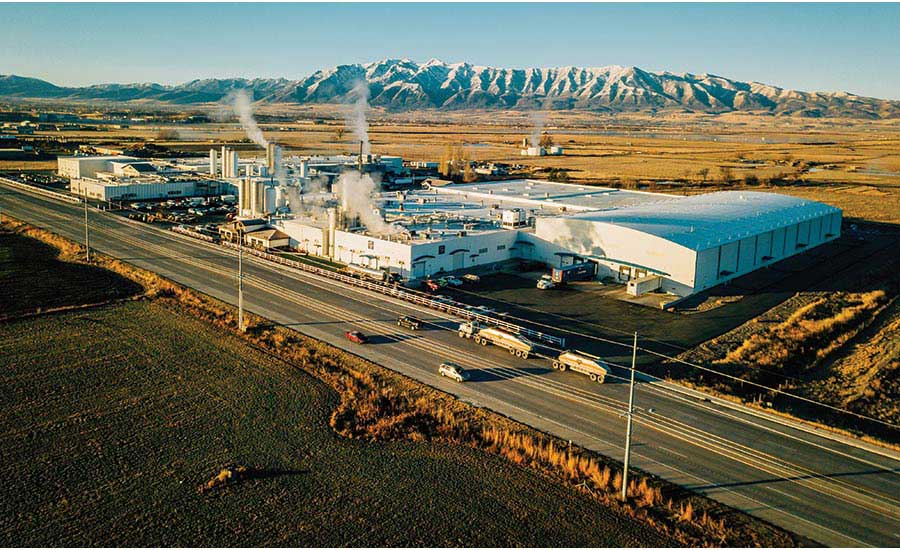NPJ | Microgravity | July 2017
Processed and prepackaged space food is the main source of nutrition for crew aboard the International Space Station, and likely will continue to be the main source of nutrition for future exploration missions. However, very little information is available on the nutritional stability of space foods. To better understand their nutritional stability, 24 micronutrients were measured in 109 space foods stored over 3 years at room temperature. Our analysis indicated that potassium, calcium, vitamin D, and vitamin K concentrations in the food may not be adequate to meet the recommended daily intake requirements even before storage.Decreases in vitamins A, C, B1, and B6 were observed during storage. Notably, vitamins B1 and C may degrade to inadequate levels after 1 year and 3 years, respectively. This assessment suggests that different technological approaches will be required to stabilize processed foods to enable spaceflight missions over 1 year. [Continue Reading]
Source: Initial assessment of the nutritional quality of the space foodsystem over three years of ambient storage
 Food Engineering | March 7, 2018
Food Engineering | March 7, 2018 Arkansas Business | December 18, 2017
Arkansas Business | December 18, 2017 Packaging Digest | September 2017
Packaging Digest | September 2017

